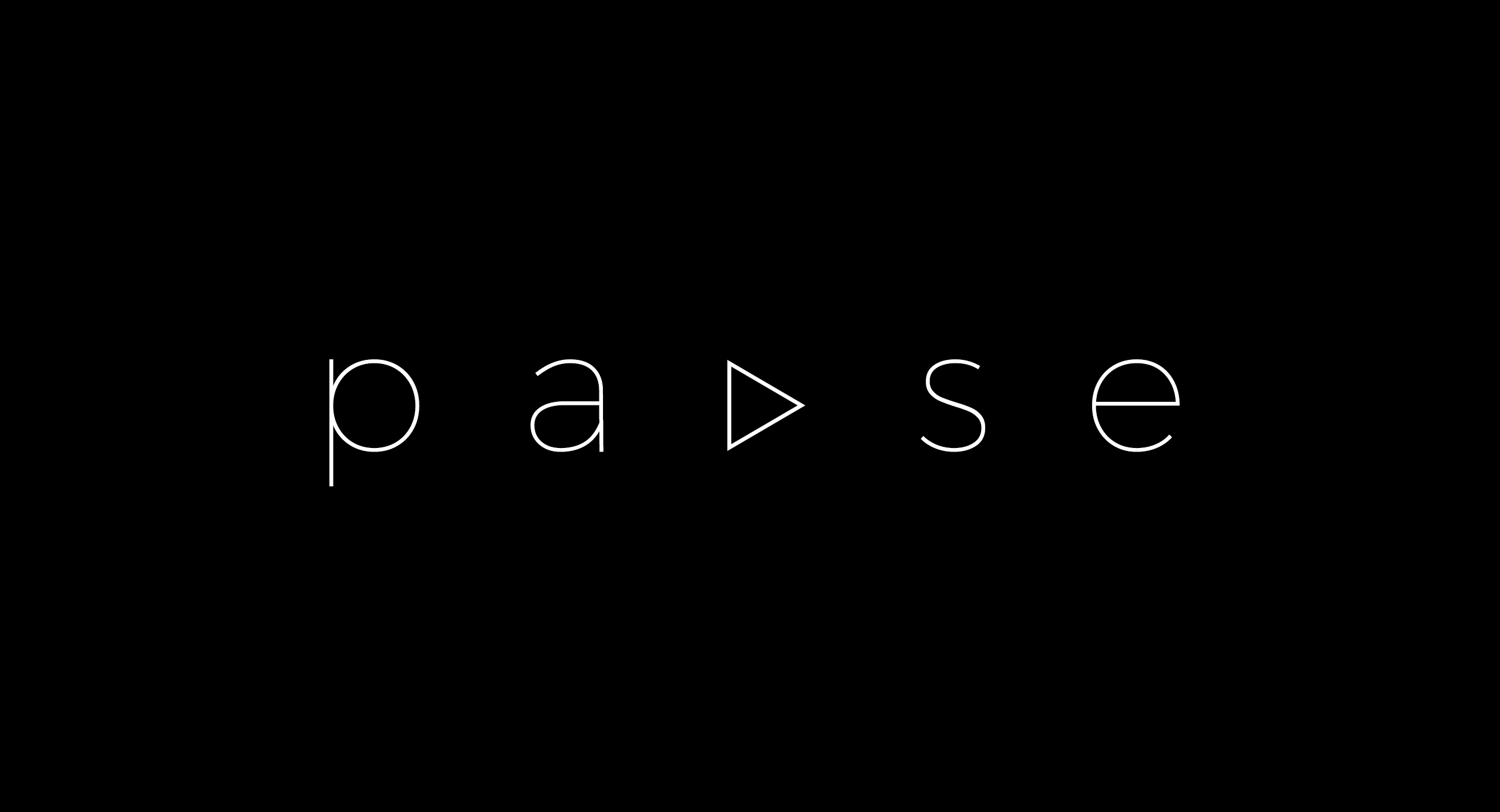Blog
- Automation, Disinformation, and the New Struggle for Power
Information Warfare — Information War — Class Warfare in 21st Century
Class Warfare by Structural Means
Automation, Disinformation, and the New Struggle for Power
In the industrial age, railroads, oil, and steel defined power. Today, the chokepoints are data and compute, concentrated in the hands of a few tech giants. As automation accelerates, historians, economists, and political philosophers increasingly frame this as class warfare by structural means, a struggle not fought with rifles or barricades, but with algorithms, lobbying, and narrative control.
1. Class Warfare Correlation
Automation is not just about efficiency — it is about power.
- Automation as leverage
Every job replaced by machines weakens labor’s bargaining power. When human input is optional, wage demands lose weight. The corporation can point to automation and say: “If you don’t accept these terms, we’ll let the machine do it.” - Wealth concentration
Tech giants like Microsoft, Google, Amazon, Nvidia, and OpenAI control the lion’s share of the AI ecosystem. This mirrors the 19th-century robber barons, who controlled railroads and oil — critical chokepoints in their era. Today’s chokepoint is access to data, compute, and advanced models. - Class asymmetry
For wage earners, automation threatens income, stability, and identity. For capital owners — those with shares in AI companies — automation creates new rivers of profit. The divide between labor and capital has rarely been so stark.
2. Why Disinformation Plays a Role
Automation’s disruptive effects are politically explosive. That’s where disinformation enters.
- Deflection
Instead of addressing systemic displacement, media ecosystems funnel attention toward culture wars: gender controversies, partisan scandals, or “identity enemies.” This prevents mass focus on structural economic inequality. - Fragmentation
A divided working class cannot organize effectively. When workers are split by ideology, race, or party loyalty, their ability to pressure governments or corporations for reforms collapses. - Normalization of precarity
Slogans like “hustle harder” or “learn to code” shift the burden onto individuals, framing structural upheaval as personal failure. In reality, no amount of self-help compensates for systemic job elimination.
In this sense, disinformation acts as a pressure-release valve, redirecting anger into symbolic conflicts and preventing solidarity around economic justice.
3. U.S. Government Transformation
The U.S. sits at the sharp edge of this transition.
- Weak safety nets
Unlike Europe or Australia, the U.S. has no universal healthcare, no federally mandated paid leave, and only patchy unemployment protections. Job loss here is not just inconvenient — it can mean losing healthcare, housing, and stability overnight. - Corporate capture of policy
With lobbying and campaign financing, the very firms driving automation also shape — or stall — the rules meant to regulate it. It is capitalism shaping its own guardrails. - Strategic silence
Instead of naming the structural shift, leaders amplify partisan fights. It is easier to inflame voters about cultural issues than admit tens of millions of jobs may never return.
As Antonio Gramsci described with hegemony, systems reproduce themselves by shaping what is politically thinkable. In America, it has become “unthinkable” to discuss automation as a systemic challenge requiring systemic solutions.
4. Capitalism at a Crossroads
Automation forces capitalism into a contradiction.
Classical capitalism
Workers exchanged labor for wages. Productivity gains — though unequally distributed — were at least tied to human effort.
Automated capitalism
Productivity gains come from machines. Owners of capital reap the benefits, while labor becomes disposable. Without redistribution, this leads to neo-feudalism: a small elite owning the productive infrastructure, while the majority survive on precarious scraps.
Possible futures
- Redistribution (through taxation, universal basic income, or profit-sharing)
- Co-ownership models (workers as shareholders in AI infrastructure)
- Status quo (deepening inequality, unrest, and political instability)
The question is not whether automation will reshape capitalism — it already has. The question is whether capitalism can be restructured to remain socially sustainable.
Bottom Line
What we are witnessing is a new kind of class warfare, carried out not by overt repression but by structural dynamics:
- Automation is inevitable, but the social contract around it is not.
- Disinformation and division serve elites by keeping the majority distracted and disorganized.
- The real conflict is not left vs. right, but capital vs. labor in the age of AI — a struggle over who owns the future of productivity.
In short: the 21st century’s defining political battle will not be about ideology, but about ownership — of machines, data, and the wealth they generate.





No Comments
Signup or login to leave a comment